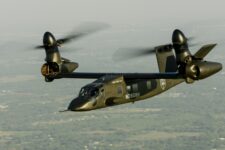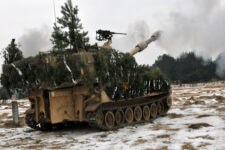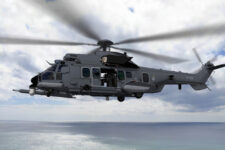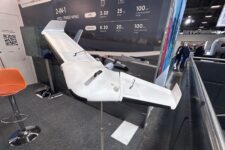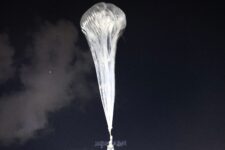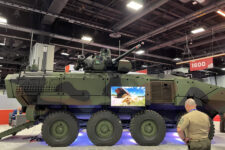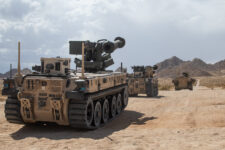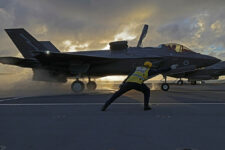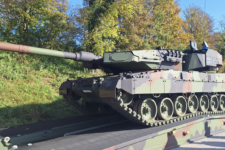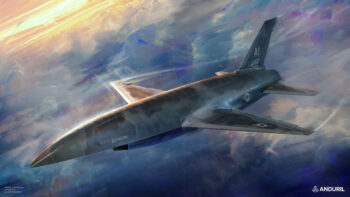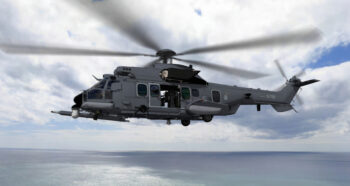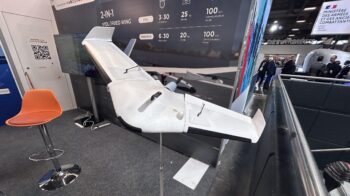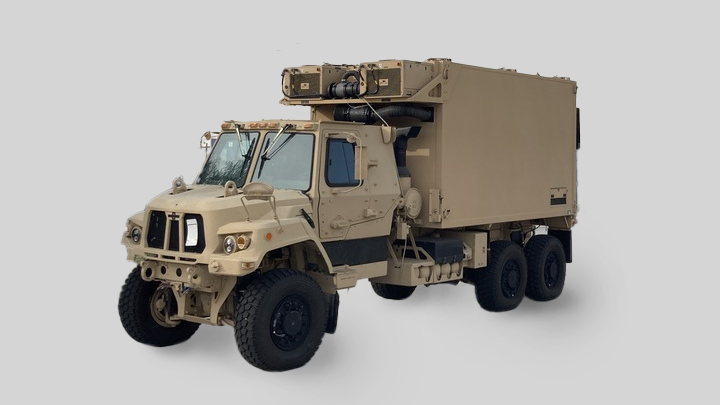
Art provided by Palantir of its TITAN system from the outside. (Palantir)
WASHINGTON — The US Army has awarded Palantir the right to produce a next-generation targeting node, known as TITAN, the service announced today.
The agreement gives Palantir $178.4 million to develop and produce 10 TITAN prototypes. TITAN, which stands for “Tactical Intelligence Targeting Access Node,” is a ground station used to connect Army units to high-altitude and space sensors, which in turn provide targeting data to the soldiers.
Bryant Choung, senior vice president for defense at Palantir, called the win exciting not just for his firm, but because it shows the Army is committed to finding new pathways to getting non-traditional firms on contract.
“We might be the first software prime, but we don’t intend to be the only software prime,” Choung told Breaking Defense ahead of the announcement. The decision shows “there is a viable pathway for more software firms to take the lead” on Pentagon programs.
“We are thrilled to move into the next phase to deliver these revolutionary capabilities to our warfighters,” Col. Chris Anderson, project manager for intelligence systems and analytics at Army Contracting Command, said in a statement. “TITAN provides game changing technologies on how we collect, process and disseminate intelligence across the battlefield, providing us a decisive edge in supporting Multi-Domain Operations.”
TITAN has been billed as a key program for the Army’s shift to a Joint All Domain Command and Control (JADC2) warfighting concept. In December, Brig. Gen. Ed Barker, program executive officer for intelligence, EW and sensors, called TITAN “one of the foundational elements from the intelligence modernization efforts within the Army.”
The goal is to make it easier for soldiers to identify, aim and fire upon an enemy, by fusing sensor data from various, live sources. Palantir’s big selling point was its use of AI to make that whole system run as smoothly as possible. That last point is key, as flooding soldiers with too much information to process doesn’t benefit the mission.
“TITAN greatly increases capability, but we want the software and AI to decrease complexity.” Choung said. The system is also designed for rapid startup and shutdown, so that Army units can, ideally, roll in, fire, and get out before a counterattack could be mounted.
“We designed the system to be modular … the key component is the software,” Choung said. That means if soldiers decide a different ground vehicle is the way to go than what is currently being offered, the company believes it can be flexible and shift TITAN to a different physical platform.
The down select means that Palantir beat out RTX for the right to produce the system going forward. Both companies were awarded initial contracts worth $8.5 million in 2021 for early development of system and software design. In 2022, the companies each received a $36 million award to prototype their offerings.
The contract, with a 24-month period of performance, covers five each of the “advanced” and “basic” systems. The advanced system connects up to space assets and fuses data across domains, while the basic system is more tactical and operates from a lower echelon. The goal during this prototyping phase is to get the systems out into the field in order to get soldier feedback before full production begins, likely in the FY26 timeline.
Choung deferred questions about final delivery totals to the Army, but said the company anticipated 100-150 TITAN units being acquired by the service. And what those units look like, or what future buys look like, could change dramatically based on the feedback the company gets.
Because Palantir is really driving the software side, the firm teamed up with a significant number of companies to produce the more physical aspects of TITAN: Northrop Grumman, Anduril Industries, L3Harris Technologies, Pacific Defense, Sierra Nevada Corporation, Strategic Technology Consulting, and World Wide Technology.
“We are a software company. So we want to bring the best and brightest of traditional and nontraditional” firms onto the team, Choung said, “working with them to provide the best comms gear from L3Harris or the best computer solutions from WWG.”
Choung declined to get into whether the system is ITAR restricted, which would limit its potential export market. Similarly, he said it would be up to the services to decide if TITAN could migrate from a ground vehicle to, say, an Air Force system.
But, he noted, whether the user is ground or air based, “We’re just really excited that software will be a bigger par to these programs going forward, a broadening of the defense tech ecosystem … we really think this is a great example of how the recipe can work in the future.”
Updated 3/6/24 at 08:51 AM eastern with comment from the Army.


